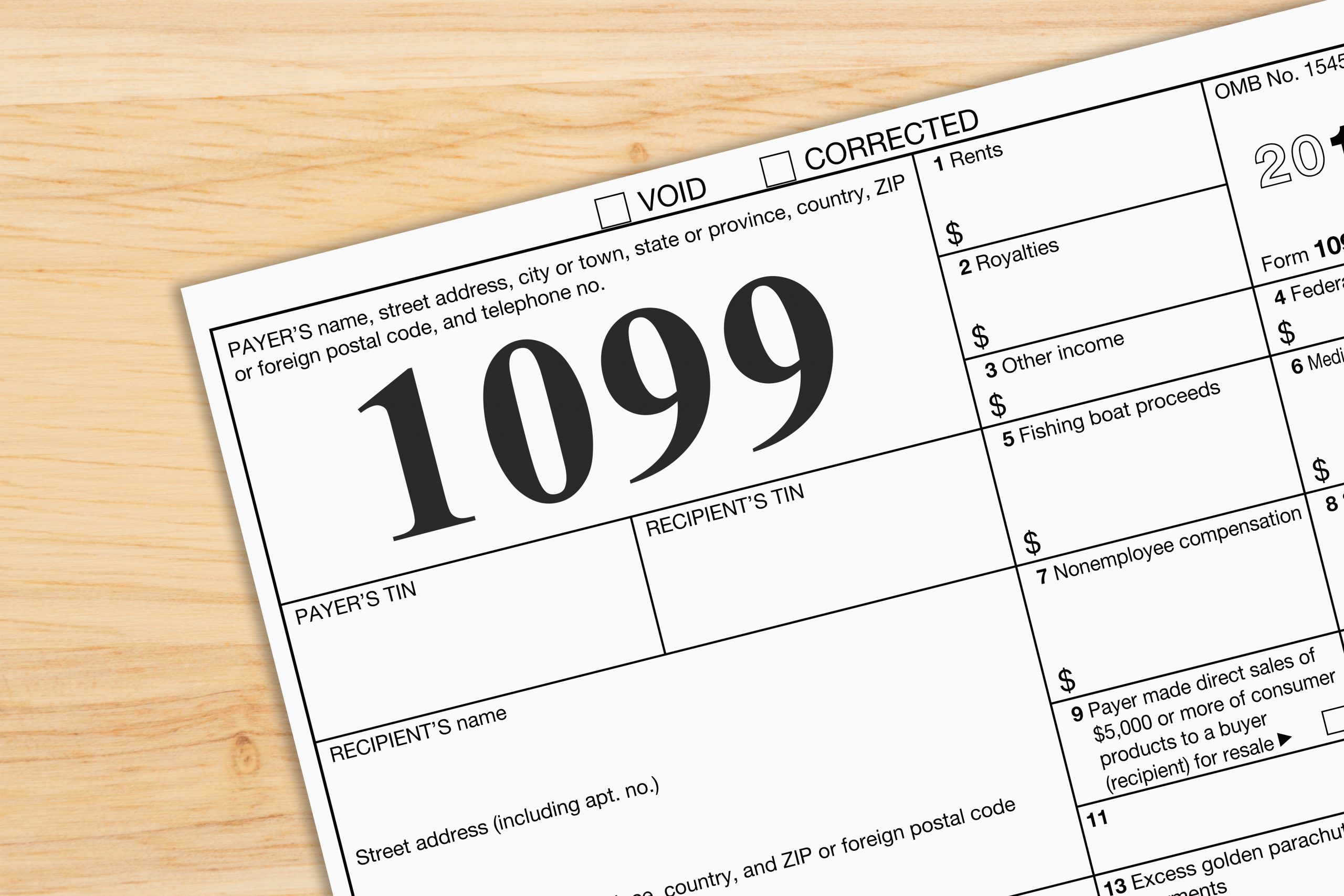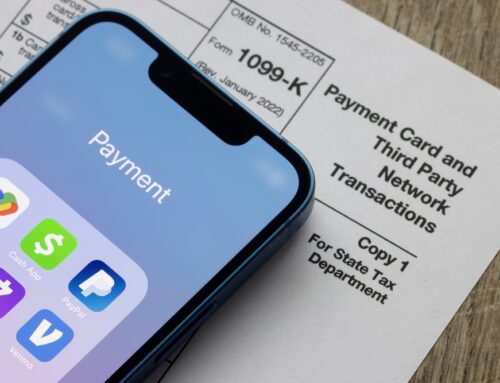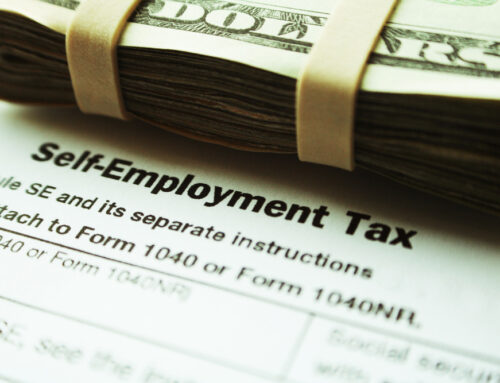There are various situations in which someone must issue a 1099 form to another party, one of the most common being a vendor offering services to another company. In other words, any independent contractor that is not included on company payroll. Other situations include paying interest on a private loan or dividends paid to shareholders (see a full list here).
If the vendor providing services to a company is not a corporation and receives more than $600 in payment over the span of a year, a 1099 is required by the IRS to indicate on their tax return that monies were paid. It is important for both vendors and companies receiving services to understand that if a 1099 is not issued (the vendor does not provide a federal ID number) or a vendor provides an incorrect ID number, the company is required to withhold a percentage of payment and submit it to the IRS.
This is called backup withholding, and we want you to be fully aware of the requirements as the IRS intends to start cracking down harder in this area.
How does backup withholding work?
The backup withholding rate is currently 24%. So, if a vendor fails to provide a federal ID number or provides an incorrect one, that 24% is withheld by the company as income tax from any future payments, similarly to how certain percentages are withheld from an employee paycheck and submitted to the government.
A federal ID number is classified as either your social security number (SSN), employer identification number (EIN), or individual taxpayer identification number (ITIN). In most cases, a company will (and should) provide a Form W-9 to the vendor to verify this information in advance.
How to resolve backup withholding
In order to stop future payments from requiring backup withholding, the reason for the withholding must be corrected and the vendor must provide the paying company with their proper federal ID number. In the case of failure to report or underreporting of interest and dividend income, the issue can be resolved by paying the amount owed on the underreported income or filing the missing return(s).
If you had income tax withheld under this regulation, you can report the withholding on your federal tax return for the year you received the income and receive a credit.
If you have any remaining questions about the rules surrounding backup withholding, please reach out to us at Shaw & Associates — we’re here to help! You can visit our website to schedule an appointment or reach us by phone at 970-223-0792.






